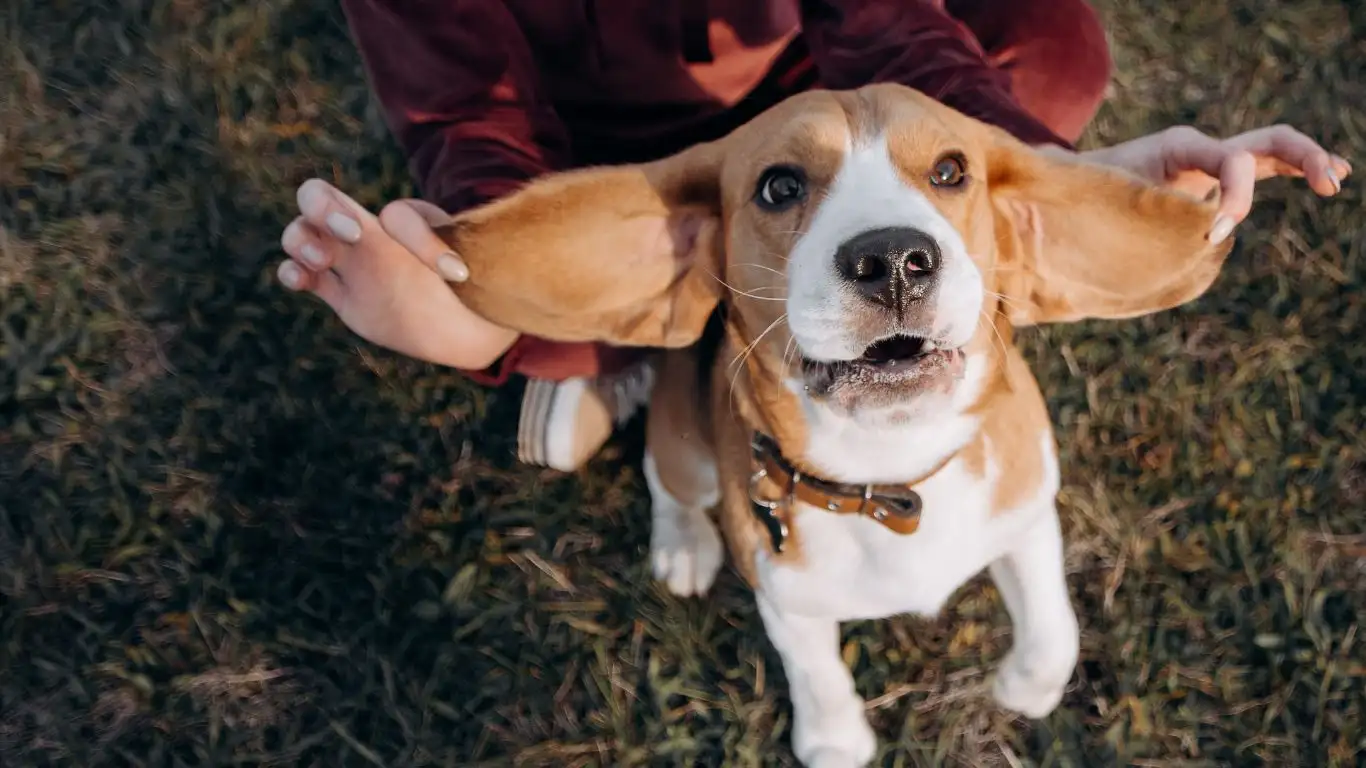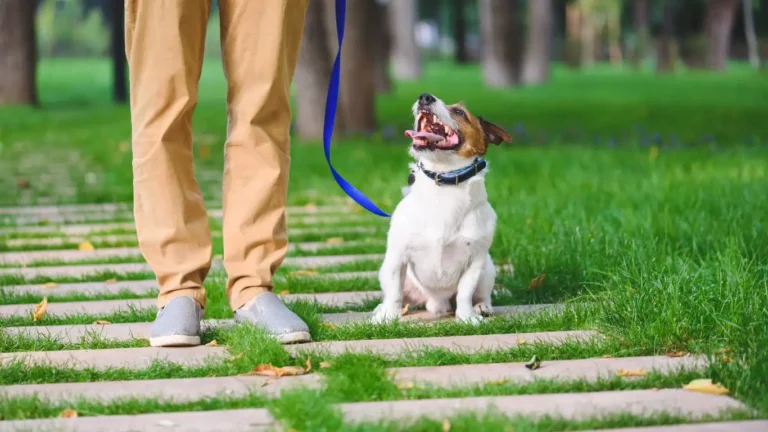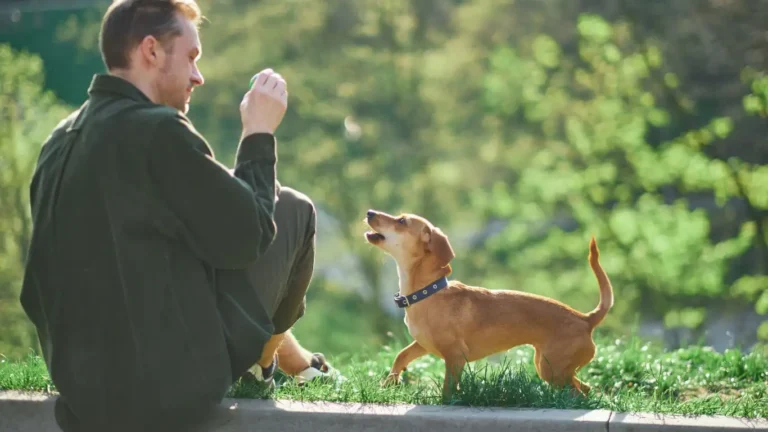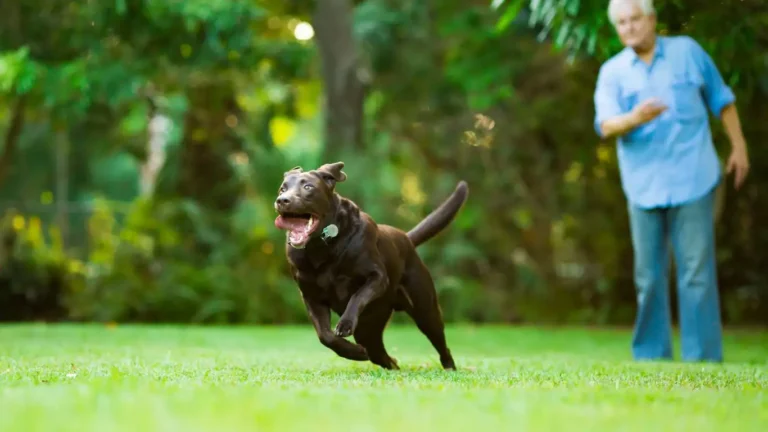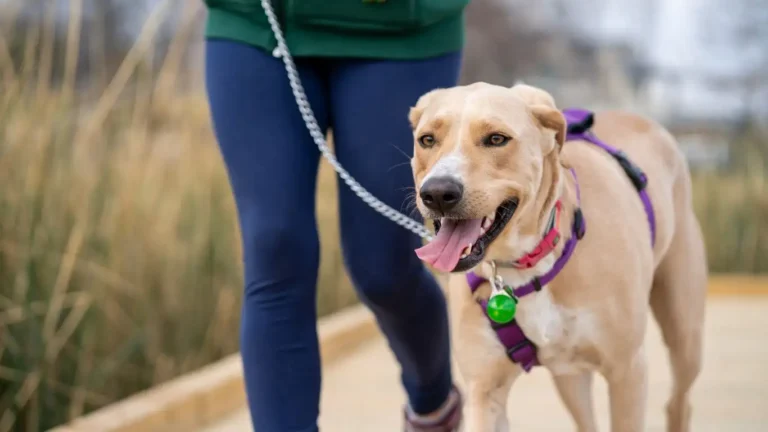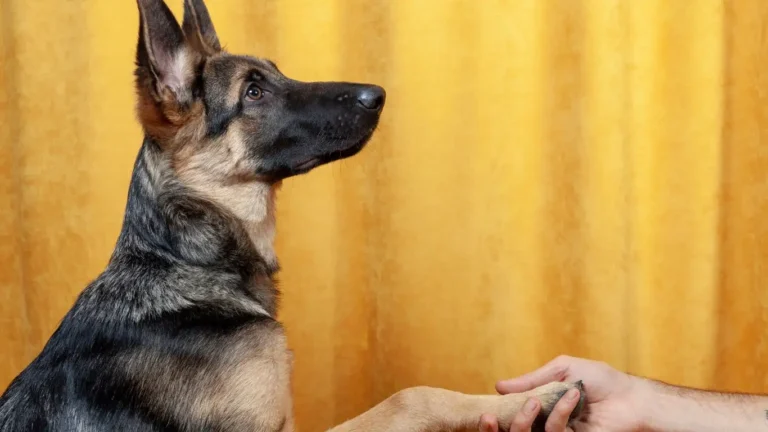Master How to Train a Dog to Settle in a Café Without Stress
When it comes to taking your furry friend out for a coffee, the last thing you want is a restless pup turning heads for all the wrong reasons. Learning how to train a dog to settle in a café isn’t just about manners—it’s about creating a calm, enjoyable experience for both you and your dog. Over the years as a Canine-Assisted Therapy Trainer, I’ve seen firsthand how the right training techniques can transform a jittery, anxious dog into a relaxed café companion. And trust me, it’s a game-changer.
Understanding Why Settling Matters in Public Spaces
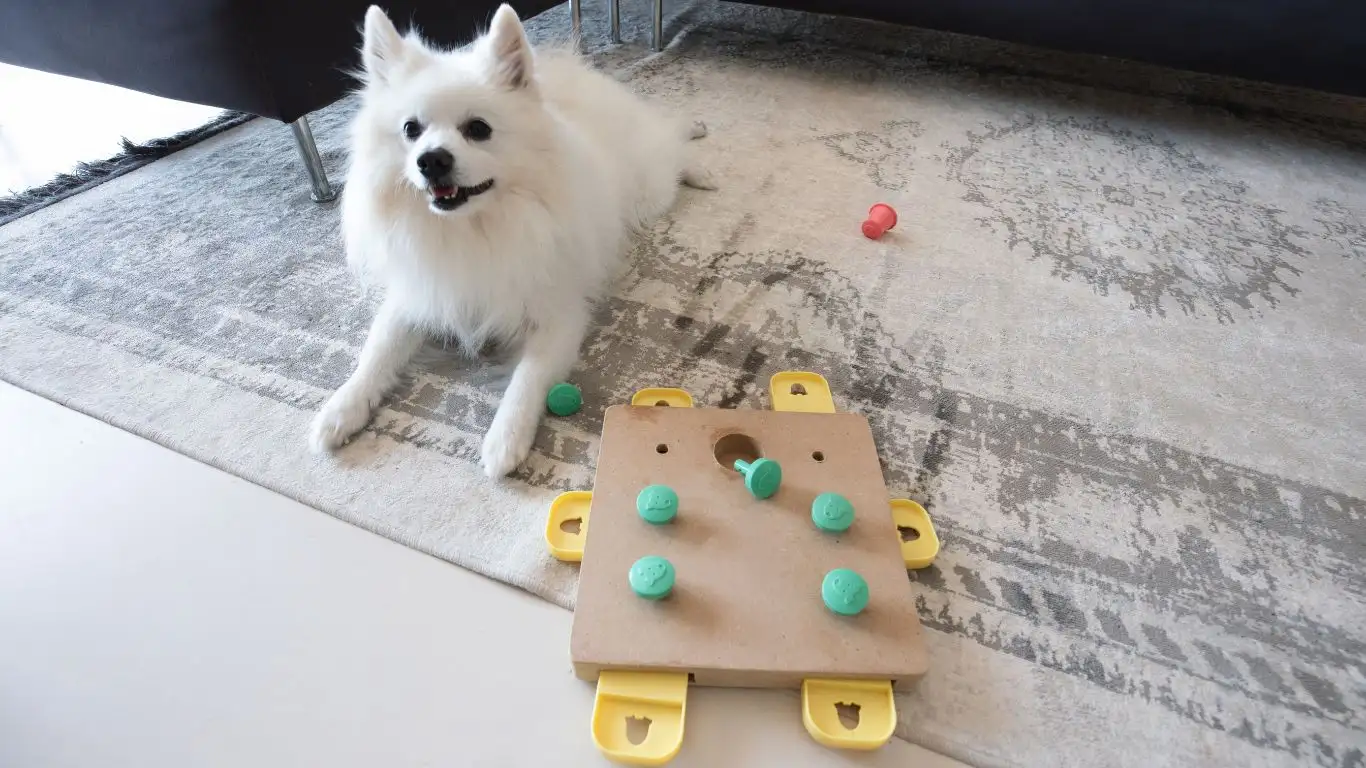
Dogs are social creatures, but a busy café environment is packed with distractions—chatty people, clinking cups, aromas from the kitchen, and other dogs or noises outside. Without proper guidance, your dog might feel overwhelmed or excited, which can quickly spiral into barking, pulling, or pacing. Teaching your dog to settle is about giving them the tools to stay calm and comfortable, even amidst the hustle and bustle.
In my work with therapy dogs, settling is a foundational skill. It ensures the dog can provide comfort without becoming a distraction themselves. This principle applies perfectly when you want to bring your dog along to a café: a settled dog means a stress-free outing for everyone involved.
What Does “Settling” Actually Look Like?
Settling isn’t just about sitting still; it’s about helping your dog relax their mind and body. A settled dog might:
- Lie down quietly beside you
- Ignore distractions like passing strangers or noises
- Remain attentive but calm, not overly alert or anxious
- Stay in one place without trying to wander off or jump on furniture
When your dog masters these behaviors, it’s a huge step toward enjoyable outings. From my experience, dogs who know how to settle also tend to be happier and less stressed overall.
Essential Foundations Before Café Training
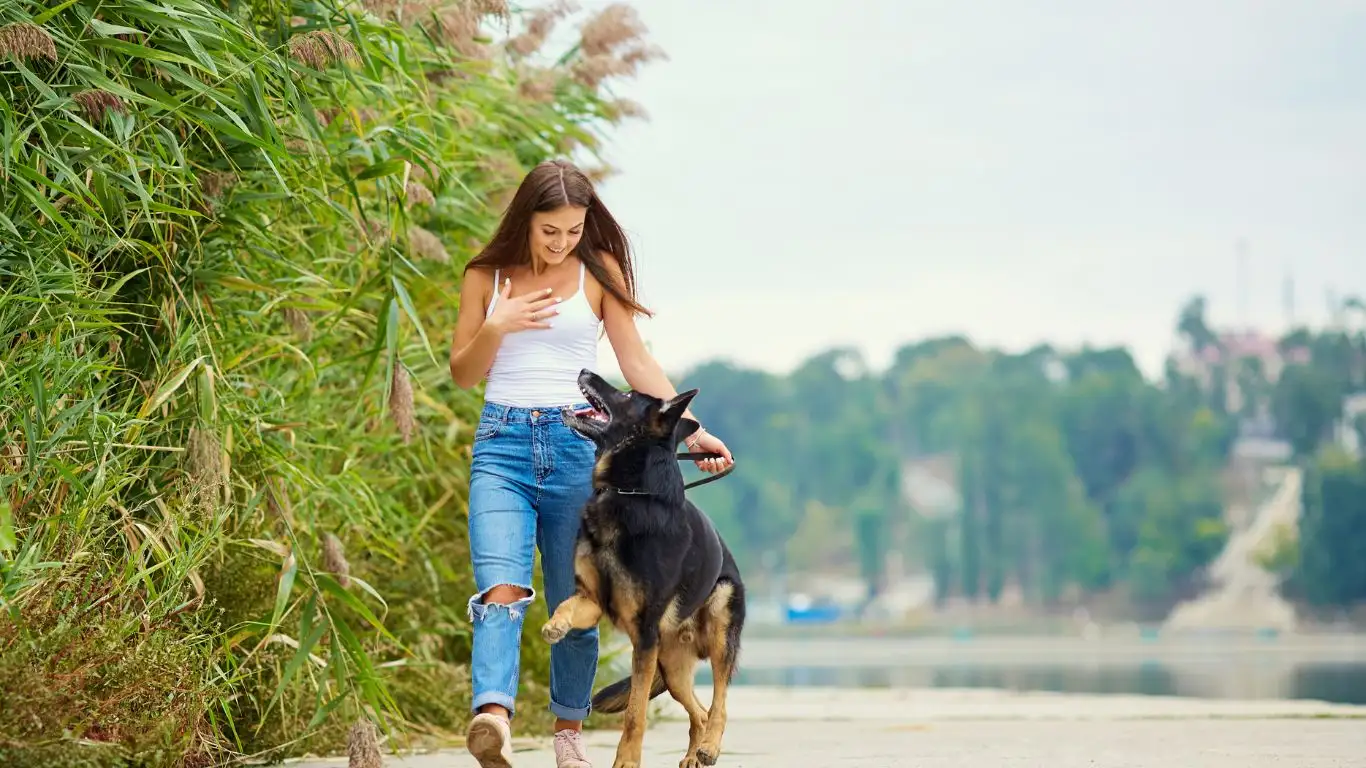
Before you even set foot in a café, there are some basics your dog should be comfortable with:
1. Reliable Recall and Focus
If your dog can’t come when called or focus on you amidst distractions, settling in a café will be much harder. I always recommend practicing recall and focus exercises in lower-distraction environments before gradually increasing difficulty.
2. Basic Obedience Commands
Commands like sit, down, and stay are critical. These commands give your dog clear instructions and structure, which are the backbone of settling behavior. Over time, your dog learns that following these commands leads to positive outcomes, like praise or treats.
3. Calm Walking on Leash
A café outing usually means being on leash, sometimes close to other people and dogs. Practicing loose-leash walking helps prevent pulling and tension, which can trigger anxiety or excitement. From my years of training, a calm walk before arriving at the café sets the tone for a more settled visit.
Step-by-Step Approach to Training Your Dog to Settle in a Café

Once your dog has those basics down, it’s time to specifically train them for café environments. Here’s how I usually break it down:
- Start with Home Practice: Create a calm “settle spot” at home where your dog learns to lie down quietly. Use a mat or blanket, and reward calm behavior generously.
- Introduce Controlled Distractions: Gradually add in small distractions—TV noise, doorbells, or family members moving around—while your dog practices settling on their spot.
- Short Outdoor Sessions: Take the settle spot outdoors, perhaps your backyard or a quiet park. The goal is to help your dog settle despite mild distractions.
- Simulate Café Settings: Try settling exercises near a café or in a quiet, pet-friendly coffee shop during off-hours. Keep sessions short and positive.
- Build Up Duration and Distractions: Gradually increase the length of settling time and introduce more stimuli—other patrons, music, or light chatter.
- Reinforce Calm Behavior: Always reward your dog with gentle praise, treats, or a favorite chew toy for staying calm and settled.
Each dog is different, so patience is key. From my experience, many owners rush this process, which can lead to frustration for both parties. Take your time and celebrate the small wins.
Practical Tips for Success When Training Your Dog to Settle in a Café
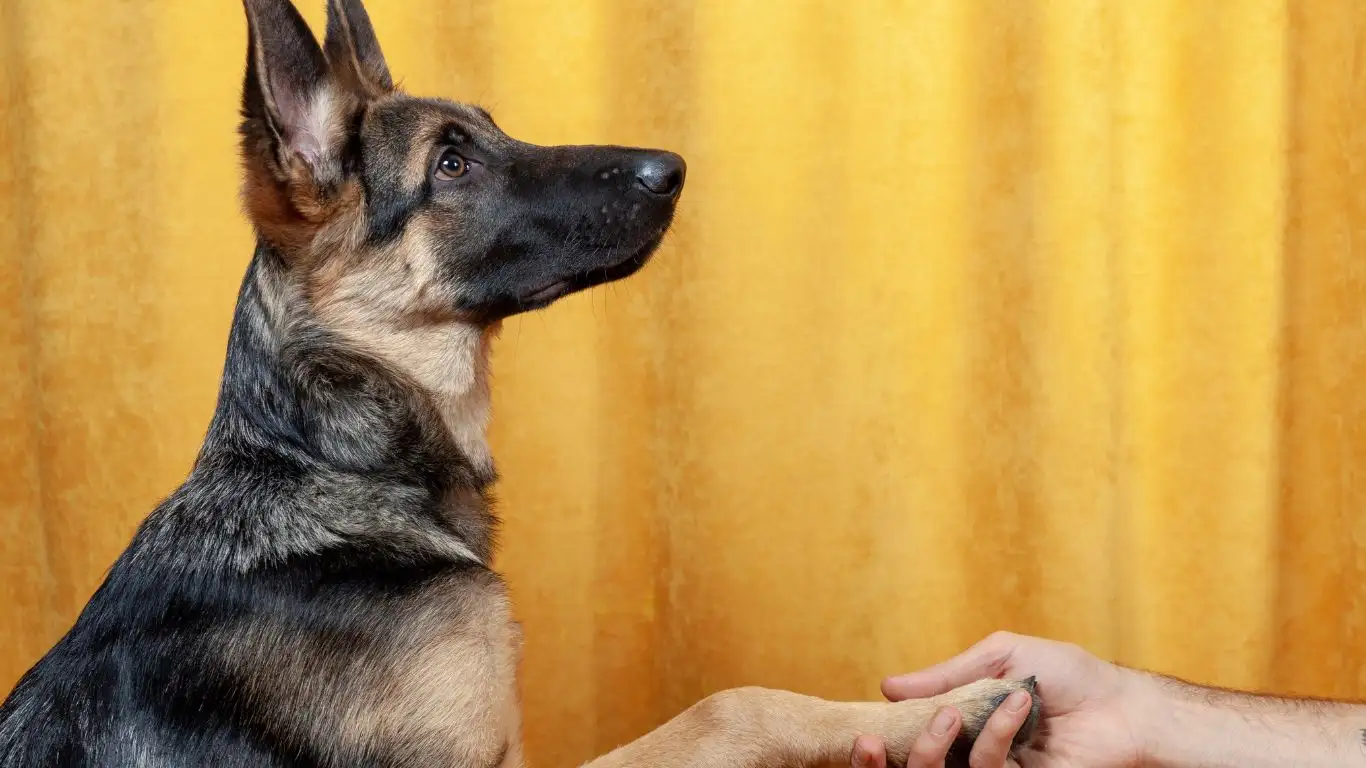
Now that you’ve laid the groundwork with basic obedience and gradual exposure, it’s time to get down to the nitty-gritty of real-world café situations. From my years of training therapy dogs and coaching pet owners, a few key strategies can make a massive difference when teaching how to train a dog to settle in a café.
Choose the Right Café and Timing
One of the biggest mistakes I see is rushing into a busy, noisy café with a dog who’s still learning. Instead, start with quieter, pet-friendly spots during off-peak hours. The fewer distractions, the better your dog can focus on settling.
Personally, I recommend trying early mornings or mid-afternoon when cafés tend to be calmer. This gentle introduction builds confidence and reduces overwhelm. As your dog progresses, you can slowly try busier times.
Bring Comfort Items
Whenever I take dogs to public places, I bring along their favorite mat, blanket, or chew toy. Having a familiar scent and item gives them a sense of security. For café training, a comfy mat or a designated spot can act as a “safe zone” where your dog knows it’s time to relax.
Use High-Value Rewards Wisely
Rewards are a dog’s best motivator. During café training, I switch to high-value treats—something extra tasty they don’t get every day. This keeps their focus sharp and makes settling a rewarding experience.
Just a heads-up: don’t overdo the treats. Mix in praise and petting to keep the rewards balanced and avoid any tummy troubles.
Handling Common Challenges When Training Your Dog to Settle in a Café
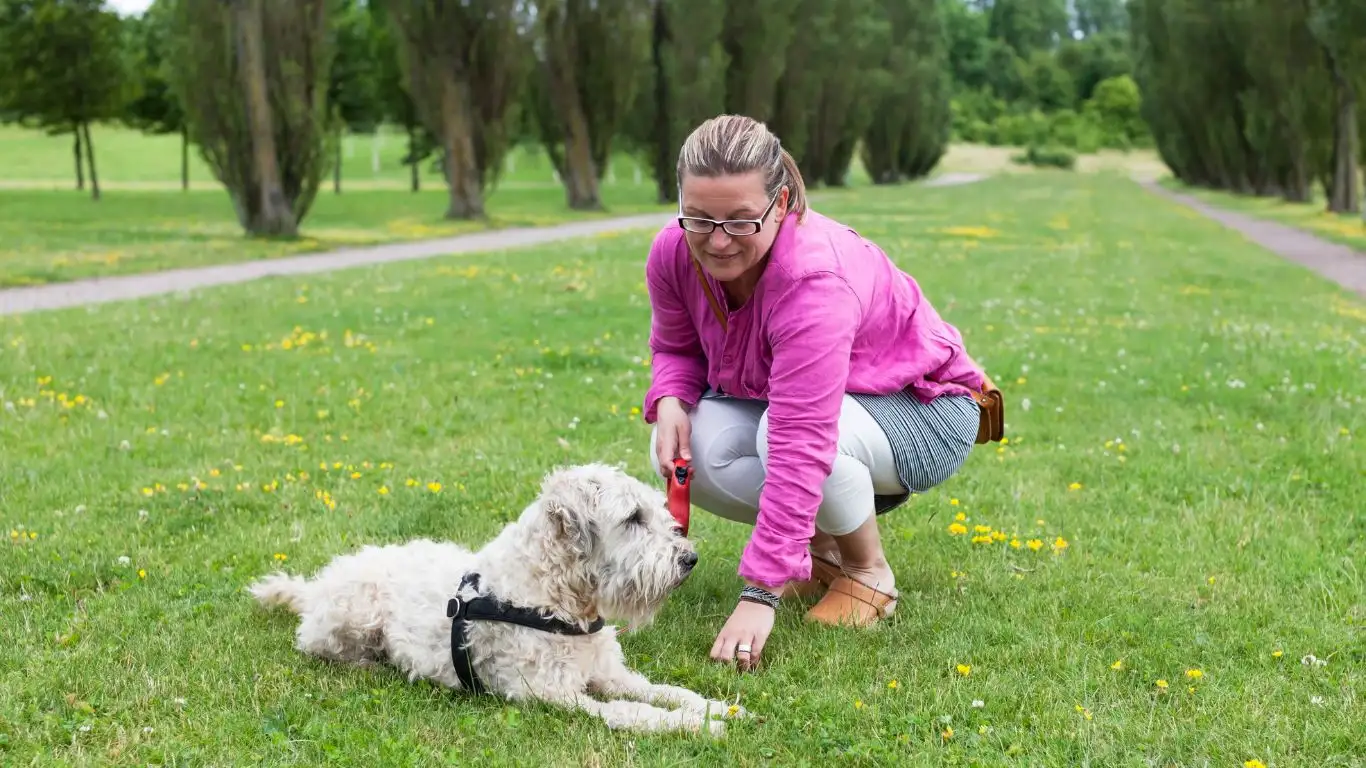
Even with careful preparation, some challenges tend to pop up regularly when teaching dogs to settle in public spaces. Here are some of the ones I encounter most often, along with tips to handle them.
Excitement and Overstimulation
It’s normal for dogs to feel excited in a new place with lots going on. When your dog starts to get overly energized, don’t panic. Instead, calmly guide them back to their settle spot and encourage a down or sit-stay. Sometimes, a gentle hand on their shoulder or a soothing voice is all it takes to bring them back to calm.
When this happens, remember to reward any small effort to settle, even if it’s just a few seconds. These tiny victories build the habit over time.
Distractions from Other Dogs or People
One of the trickiest parts of café training is ignoring other dogs or people who walk by. From my experience, teaching a strong focus or watch me command is a game changer here. Practice this at home and in parks, then use it in cafés to redirect your dog’s attention back to you.
Another tip: position yourself so that you have a clear view of entrances and common walkways. This way, you can anticipate distractions and prep your dog before they become too excited.
Restlessness and Fidgeting
Sometimes, dogs just can’t settle for long stretches. Maybe they need to stretch, adjust their position, or just aren’t quite ready to sit still. That’s okay! When I work with dogs in this stage, I encourage short breaks where they can move a little, then gently bring them back to settle.
Over time, these short sessions increase in length, and your dog learns the rhythm of “calm then break.” This balance prevents frustration for both you and your dog.
Using Positive Reinforcement to Encourage Settling
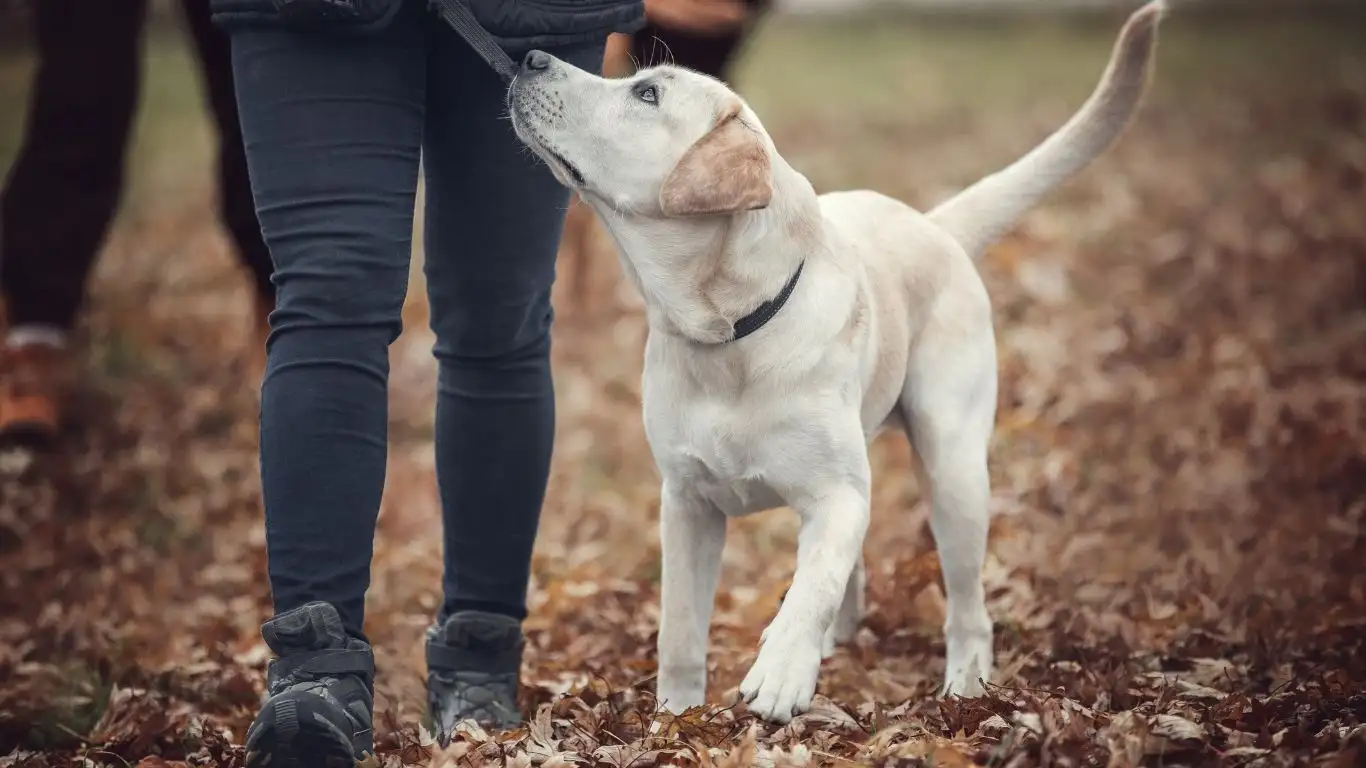
From the very start, positive reinforcement is the golden rule. I always remind clients that punishment or harsh corrections will backfire, especially in stimulating environments like cafés. Your dog needs to feel safe and motivated, not scared or pressured.
Here’s how I use positive reinforcement in my training sessions:
- Timing is everything: Reward calm behavior immediately to create a clear connection between settling and positive outcomes.
- Use varied rewards: Mix treats, praise, gentle petting, or a favorite toy. This keeps your dog interested and engaged.
- Mark the behavior: Use a consistent marker like a clicker or a word (e.g., “yes!”) the moment your dog settles. This precision helps dogs understand exactly what you want.
- Gradual increase: Slowly increase how long your dog must settle before getting a reward. This builds patience and focus.
Trust me, when your dog knows that settling brings all the good stuff, they’ll be much more willing to stick with it—even in a bustling café.
Building Long-Term Habits: Making Settling a Natural Behavior
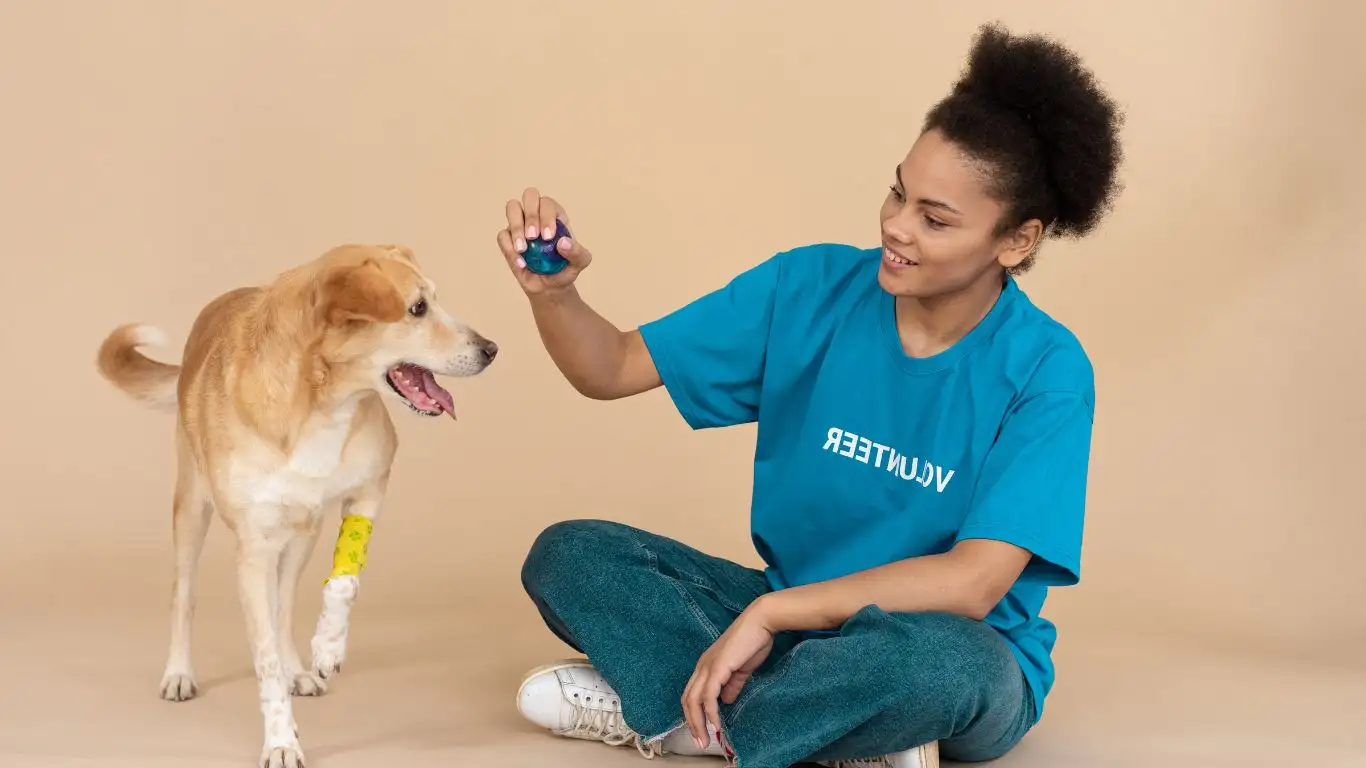
At this point, if you’ve been practicing consistently and keeping things positive, you’re probably seeing real progress. Maybe your dog is already settling for 10-15 minutes in a café without fuss—or even longer. That’s huge! But the real goal is to turn this into a lifelong skill, not just a party trick. So how do you make “settling” second nature?
Consistency is Your Best Friend
Let’s be real—dogs thrive on routine. In my work with therapy dogs, the ones who settled effortlessly were the ones who practiced it daily, even outside their official sessions. You don’t need to hit a café every day, but try to make settling part of your daily life. That could be during meals, while you work at your desk, or even just chilling on the patio.
The more your dog sees calm behavior as “just what we do,” the easier it gets. Over time, they won’t need constant treats or reminders. Settling becomes their go-to response in public spaces.
Don’t Rush the Process
It’s super tempting to want fast results—I get it. But dogs learn best through repetition and gradual exposure. I’ve worked with plenty of dogs who seemed like they’d never sit still, but with time and patience, they turned into café regulars that baristas knew by name.
If you ever feel stuck, it’s okay to take a step back. Revisit earlier steps or scale back the distractions for a while. Progress isn’t always linear, but every session adds up.
Real-Life Café Etiquette for You and Your Dog
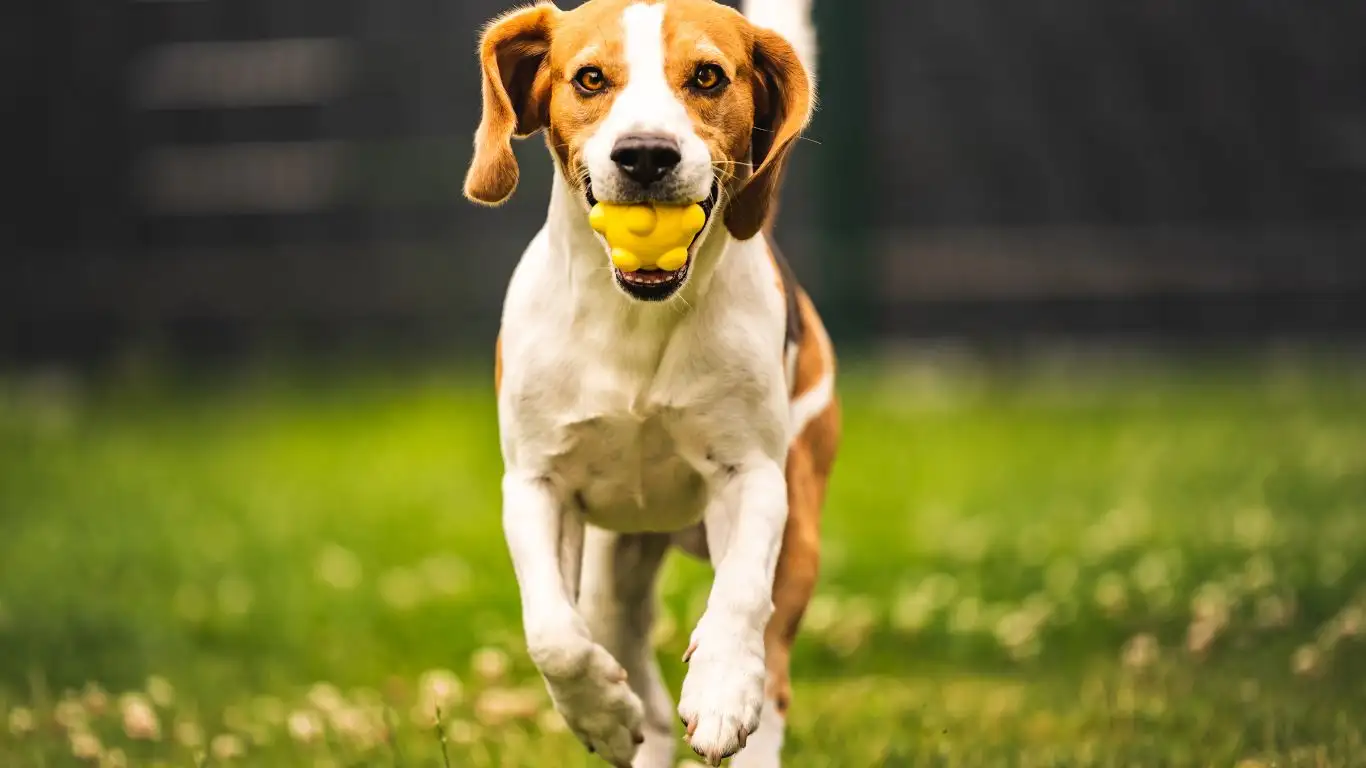
Training your dog to settle is only part of the equation. There’s also a bit of etiquette on our end—things we can do to ensure we’re being respectful café-goers. I’ve spent years in public settings with therapy dogs, and these tips have helped me (and my clients) maintain good vibes wherever we go.
Be Mindful of Where You Sit
Pick a table with space around it so your dog isn’t squeezed underfoot. Outdoor seating is usually ideal. I always look for a quiet corner where my dog can lie comfortably without being stepped over every two minutes.
Keep Your Leash Short (but Loose)
A leash that’s too long can trip someone or allow your dog to wander under another table. But avoid tension on the leash—that can signal your dog to be alert or anxious. I usually tuck the handle under my foot or clip it to a chair leg to keep things safe and secure.
Bring Water and Clean-Up Supplies
Many cafés don’t mind dogs, but they won’t all offer bowls or water. I always carry a collapsible bowl and a small towel, just in case. And yes—always have poop bags. Even if you’re nowhere near a grassy area. You’d be surprised how many people forget this!
Advocate for Your Dog
Not every dog wants to be pet while they’re settling. If someone approaches and your dog isn’t comfortable, don’t be afraid to politely say, “We’re working on calm behavior right now.” Most folks are respectful when you give them a gentle heads-up.
Final Thoughts on How to Train a Dog to Settle in a Café
There’s something magical about sipping your favorite drink while your pup snoozes happily at your feet. But behind that calm moment is usually weeks—or even months—of patient training. It’s not about perfection. It’s about progress.
As someone who’s spent years helping dogs develop calm, confident behavior, I can say this: training a dog to settle in a café is 100% possible, and totally worth it. You’re not just teaching obedience. You’re strengthening your bond, building your dog’s confidence, and opening up a whole world of shared adventures.
So take it slow, stay consistent, and celebrate the small wins. Every peaceful café visit is a step closer to a more connected, well-mannered life with your dog.
References
Disclaimer
The content shared in this article is based on personal experience as a certified Canine-Assisted Therapy Trainer and should not be considered a substitute for professional veterinary or behavioral advice. Always consult your vet or a certified behaviorist if your dog shows signs of extreme stress, fear, or reactivity.
